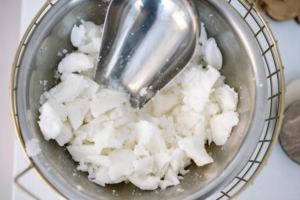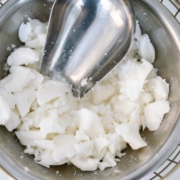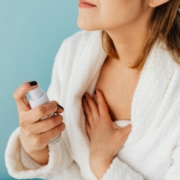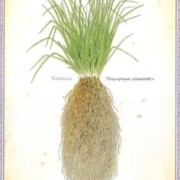Do You Know The Benefits of Paraffin by Charene Beauty Parlour
What is Paraffin?
Paraffin wax is a common option in heat therapy treatments for people with arthritis or other rheumatic diseases — the heat helps increase blood flow and relax the muscles, which can help relieve caused by arthritis, osteoarthritis, and fibromyalgia [sources: National Institute of Arthritis and Musculoskeletal and Skin Diseases, WebMD]. Paraffin wax can even soften hardened skin caused by scleroderma, a disease in which collagen accumulates on the body — it increases the skin’s elasticity, allowing for increased movement and mobility, especially on the skin covering the hands.
But the benefits of paraffin wax don’t stop there. Because this treatment is a form of heat therapy, it’s often used for muscle, tendon, and ligament ailments. As with conditions like arthritis, they increase blood flow, improve joint stiffness, and reduce pain. They’re also used to treat bursitis, tendonitis, sprains, and pulled muscles.
Paraffin wax baths are typically small tubs that are just large enough to submerge your hands or feet. The tubs are heat-producing appliances, so when this wax is added to the tub, the wax melts into a warm liquid in which hands, feet, or elbows can be immersed. Because paraffin wax has a low melting point of 125 to 135 degrees Fahrenheit — which is slightly cooler than your average latte — it’s generally safe for extended skin immersion.
Can It Be Used at Home?
There are also many paraffin wax baths available for home use. These at-home spa treatments typically come with wax, fragrances, and protective gloves, and booties. However, if you’re making your own wax bath at home, be sure to follow the instructions carefully to avoid injury.

You see it in candles, crayons, and lipstick. As a child, you probably even used it to decorate Easter eggs. It’s wax. Wax plays a starring role in beauty treatments as well — it’s a popular way to remove unwanted body hair from legs, arms, chests, eyebrows, and bikini lines. But you may not know that wax has another cosmetic use: the paraffin wax bath.
Paraffin wax is a mineral wax derived from petroleum. Unlike the wax used for depilatory procedures, which is viscous and sticky to bond to hair and skin, paraffin wax is a soft wax with a low melting point, which means that it melts at a temperature cool enough to safely immerse your skin. Paraffin wax is an emollient approved by the U.S. Food and Drug Administration as a treatment to soften and smooth skin.
Paraffin wax has a long history of treating a variety of physical conditions. In fact, it was used in massage therapy as far back as the Roman Empire. And in more recent years, it’s become a popular physical therapy treatment for people with sports-related injuries.
Today, paraffin wax treatments are offered at many spas and salons, and these treatments are good for more than just softening and smoothing the skin. Read on to learn more about paraffin wax treatments and how they work.










